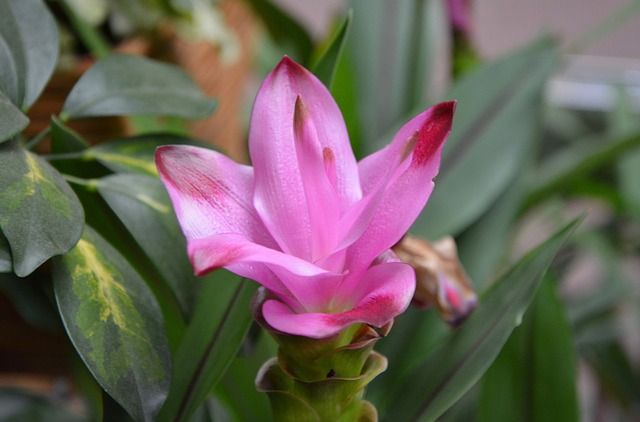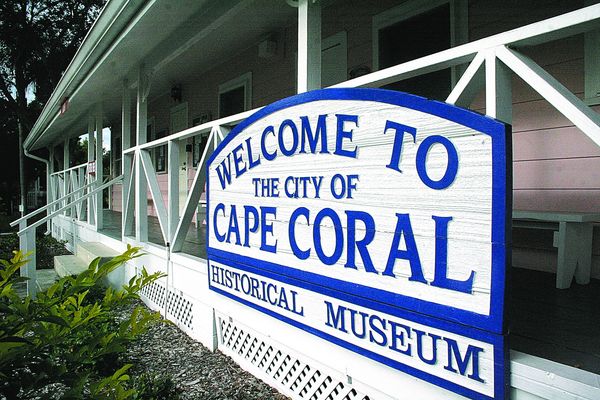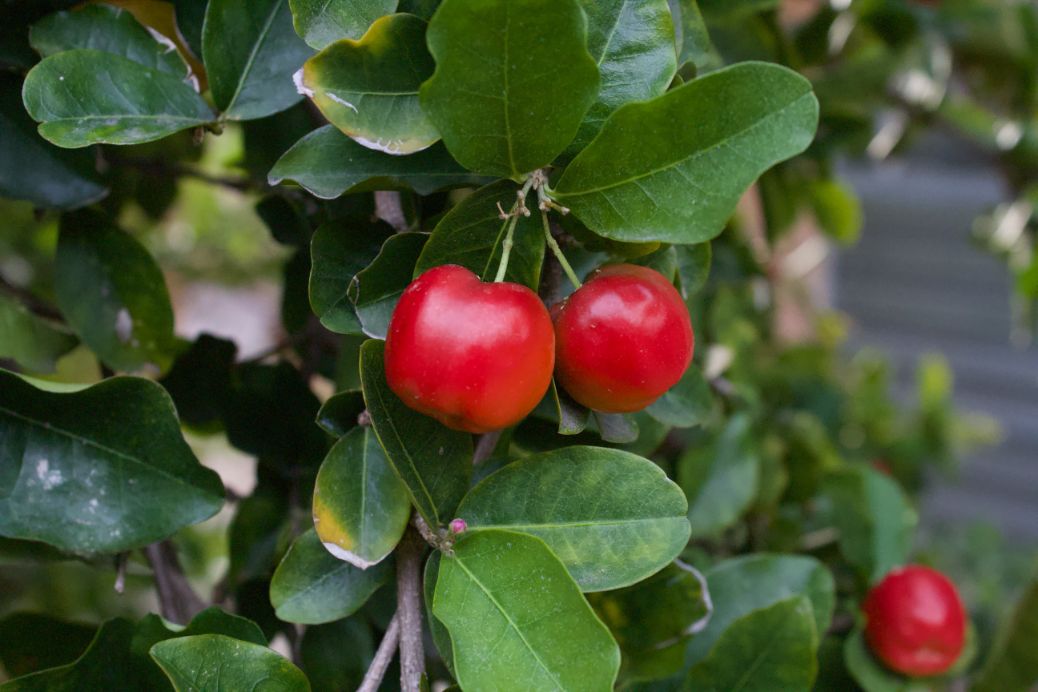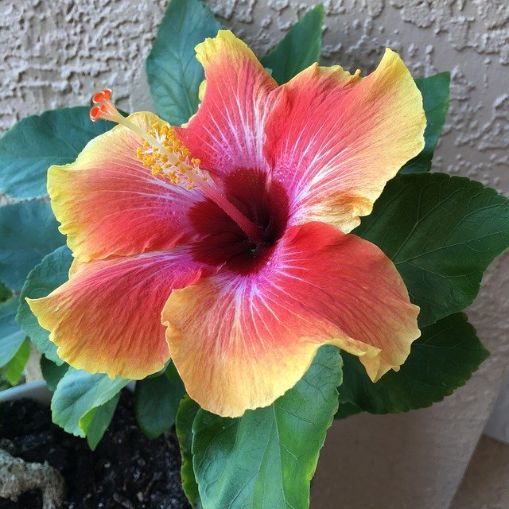Florida's Surprising Spring Plants
April 8, 2021
Click Here for full article in the Cape Coral Breeze
As a new Florida gardener, I was excited to think that I had landed in a spot where everything bloomed year-round. It was quite a surprise to learn that there are many plants that are dormant or drop their leaves and appear to die during the cool winter season. I actually discovered this quite by accident!
During my first summer here, I couldn’t resist purchasing a curcuma plant that was lush and flowering beautifully. As the summer progressed, it began to look a little less wonderful, so I did some research and decided I had placed it in a pot in too much sun on my lanai. So off to the shaded bed it went, protected by a palm tree’s shadow. But this didn’t appear to be a solution – the plant looked more pathetic with each passing day.
Being a total garden perfectionist, I finally lopped off the few remaining pitiful leaves and dutifully planted another specimen in its place to avoid a hole in my garden.
The following spring, I was shocked to find tightly furled leaves emerging around the bromeliad I had planted in what I thought was an open spot – it was the curcuma re-emerging! The bromeliad was quickly dispatched to another location and the curcuma was beautiful all summer, and in the fall, I happily cut it back knowing that it would emerge again in the spring.
I have several other plants that follow this pattern: a button ginger that is just now poking a few spikes up through the ground, a curcuma variety commonly known as “Siam Tulip,” and a fabulous Black Flamingo (Chrysothemis Pulchella), which is featured in the Edison Ford Gardens. These plants are so striking that I can endure an empty space for a few months while anticipating beautiful new growth each spring.
You have no doubt noticed plants and deciduous trees that go dormant and lose their leaves during the winter months. Plants such as caladium, canna, eucomis (pineapple lilies), goldenrod, plumeria and some varieties of ginger will die back in the cooler months, and emerge again when the temperatures warm, usually in early April. Deciduous shrubs and trees such as spirea, crape myrtle, beautyberry, sweetgum and red maples will lose most of their leaves, and burst back in March and April.
Many of our most beautiful flowering trees begin blooming in early winter, then lose their leaves and put on a final show of spectacular blossoms when all the leaves have fallen. The Hong Kong Orchid (Bauhinia), Trumpet Tree (Tabebuia), Silk Cotton Tree (Kapok), Golden Rain (Cassia), Jacaranda and Royal Poinciana are among our most exotic trees that drop their leaves, but the reward of long lived tropical blooms is well worth the brief leafless period.
Since we don’t often experience the dramatic temperature changes between seasons that we were familiar with in more northern climates, you might wonder what triggers dormancy in Florida plants. Most of our plants respond to the changing length of daylight hours, or the photoperiod, rather than a drastic change in temperatures. As the days shorten in November and December, plants respond by changing color or dropping leaves; even turfgrass growth slows in response to shorter days. Many of our landscape plants slow their growth in response to the shorter daylight hours as well; “annual” flowering plants in my mixed containers will shed many of their leaves and reduce blooming but are now filling out again in response to the longer days.
Bulbs are among the most familiar dormant plants that emerge in spring. Florida’s climate is well suited for a variety of tropical and subtropical bulbs, including Agapanthus, Amaryllis, Crinum Lilies, Crocosmia and Hurricane, Rain and Spider Lilies. Unlike bulbs such as daffodils and tulips that are planted in northern climates for spring blooms, these bulbs do not need to be pre-chilled. Bulbs can be divided or planted in fall, and you can also give bulbs a head start by planting them in pots in early spring and transplanting them to your garden beds after blooming.
The University of Florida has excellent detailed information on growing bulbs in Florida: https://ufdc.ufl.edu/R00002886/ 00001 and https://gardeningsolutions.ifas. ufl.edu/plants/ornamentals/bulbs-for-florida.html
Gardening in Southwest Florida is a fascinating hobby that offers surprises and new discoveries for even seasoned gardeners! Our abundant sunshine and warmth provide a wonderful tonic for the soul, and the best news is that these ideal growing conditions are not limited to spring and summer as in northern areas. We are fortunate to have a wide variety of plants that ensure that something is always blooming in our landscape, and an excellent resource in the University of Florida to guide us as we explore the wonders of our subtropical climate!
Cathy Dunn is a Lee County Master Gardener Volunteer and Garden Club of Cape Coral member.



